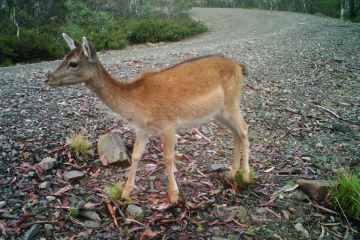
Plibersek puts NSW on notice over feral horse numbers
Federal Environment Minister Tanya Plibersek has flagged that the federal government may intervene to ensure a zero-tolerance approach to feral horses Kosciuszko National Park if the environmental impacts remain too high.



















